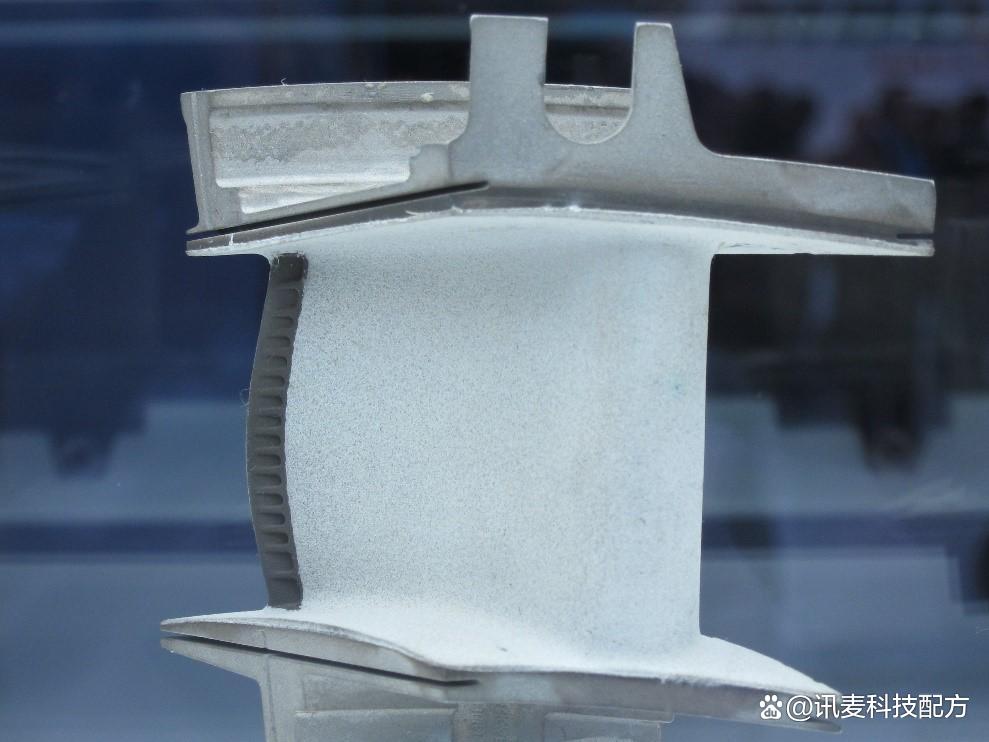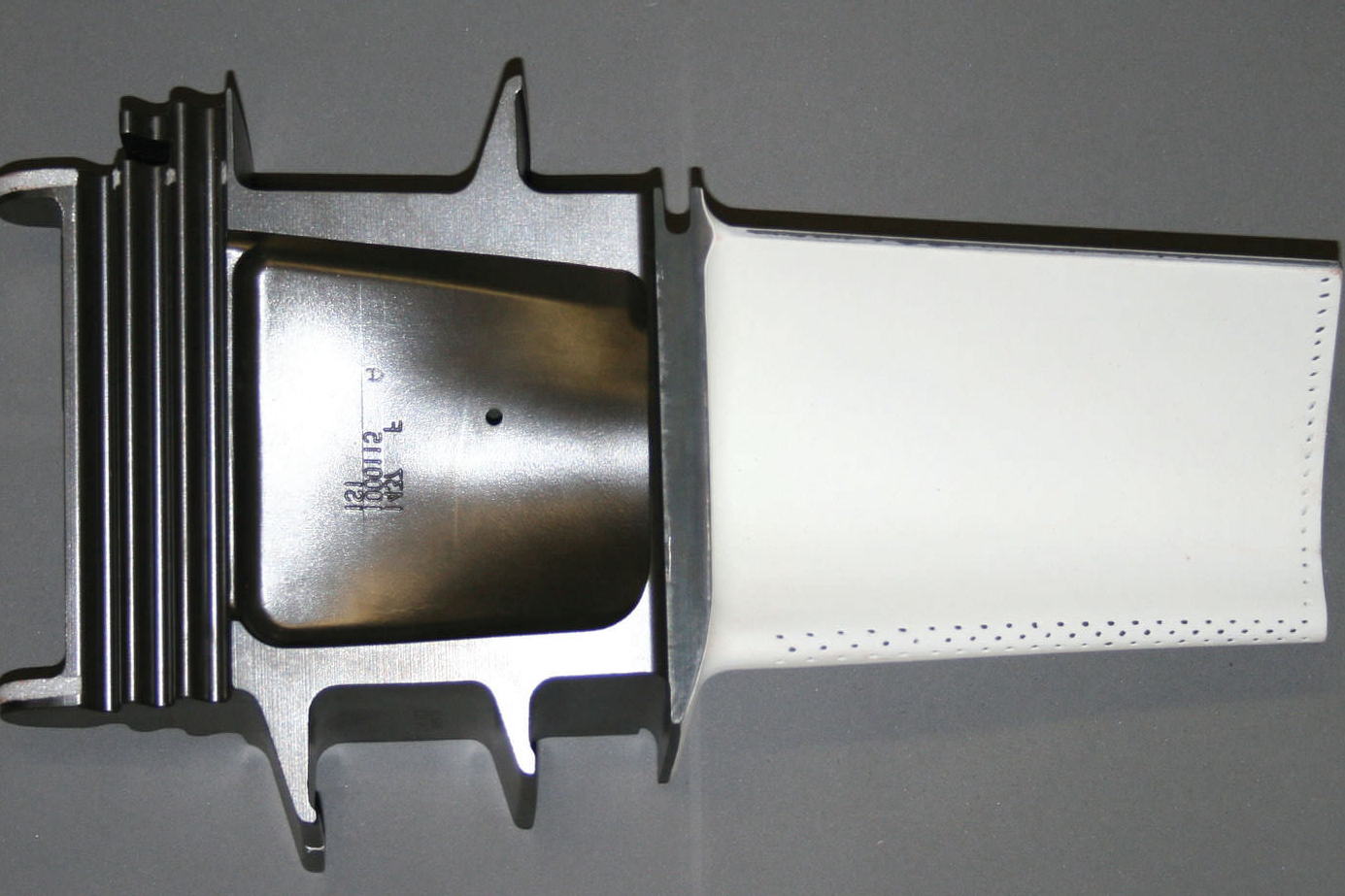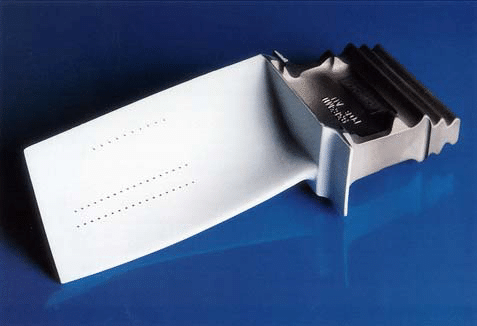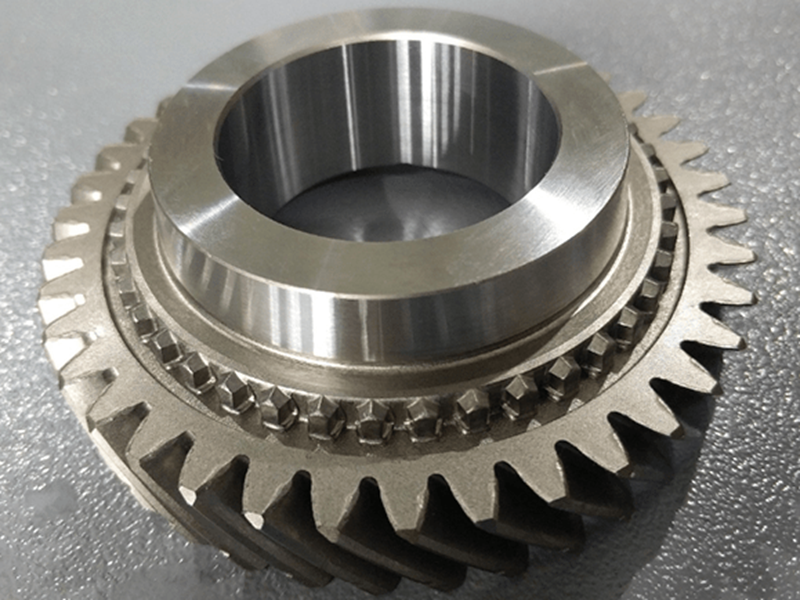Improved Durability: TBC Boosting Longevity in Harsh Environments
 In harsh industrial environments where equipment faces extreme temperatures, chemical exposure, and mechanical stress, ensuring the longevity of components is crucial. Thermal Barrier Coatings (TBCs) are designed to enhance the durability and lifespan of parts exposed to such conditions, making them an essential tool in aerospace, power generation, and automotive industries. By providing a protective thermal insulation layer, TBCs reduce the impact of heat-induced damage, corrosion, and wear, thereby improving the performance and reliability of critical components.
In harsh industrial environments where equipment faces extreme temperatures, chemical exposure, and mechanical stress, ensuring the longevity of components is crucial. Thermal Barrier Coatings (TBCs) are designed to enhance the durability and lifespan of parts exposed to such conditions, making them an essential tool in aerospace, power generation, and automotive industries. By providing a protective thermal insulation layer, TBCs reduce the impact of heat-induced damage, corrosion, and wear, thereby improving the performance and reliability of critical components.
What Are Thermal Barrier Coatings (TBCs)?
Thermal Barrier Coatings (TBCs) are materials, often made from ceramic compounds, applied to metal or alloy components to provide insulation against extreme heat. TBCs create a protective barrier between the component and the high-temperature environment, reducing the thermal stress that parts are exposed to. These coatings also help prevent oxidation and corrosion, which can significantly affect the longevity and functionality of components.
Common materials used for TBCs include:
Zirconia (YSZ): A ceramic material often stabilized with yttria, known for its high thermal insulation properties and thermal shock resistance.
Mullite and Alumina: These materials are used in some gas turbine applications to balance thermal insulation and durability at high temperatures.
Depending on the application and required coating thickness, TBCs are typically applied using methods like plasma spraying, electron beam physical vapor deposition (EB-PVD), or detonation gun spraying.
How TBCs Improve Durability in Harsh Environments
TBCs contribute to improved durability by combining thermal protection, mechanical resilience, and corrosion resistance. Below are the primary ways TBCs boost the longevity of parts exposed to extreme conditions:
Thermal Insulation: TBCs provide excellent thermal insulation, reducing the amount of heat transferred to the underlying material. This allows components to operate at higher temperatures without the risk of thermal degradation or failure. For instance, in gas turbines, TBCs allow turbine blades to operate at temperatures exceeding 1000°C without compromising the integrity of the substrate material.
Prevention of Oxidation and Corrosion: TBCs act as a barrier against oxygen and other reactive gases, preventing oxidation and corrosion that can occur at high temperatures. Materials like Inconel and Hastelloy are often coated with TBCs to protect against oxidative damage in environments such as gas turbine engines and combustion chambers.
Protection Against Thermal Cycling: Thermal cycling, the repeated heating and cooling of components, can cause fatigue and cracking. TBCs absorb much of the thermal shock, reducing the expansion and contraction stresses experienced by the substrate. This prolongs the life of parts exposed to rapid temperature changes, such as engine components in aerospace.
Reduction of Wear and Tear: In addition to heat resistance, TBCs can reduce wear and tear caused by friction, erosion, and material degradation. For example, in automotive applications, TBCs are applied to exhaust components to reduce the impact of high-temperature gases and particles, extending the lifespan of critical parts.
Applications of TBCs in Improving Durability
Thermal Barrier Coatings are used across various industries to enhance the durability of parts exposed to extreme environments. Below is a table summarizing key applications of TBCs and their benefits:
Industry | Applications | Benefits |
|---|---|---|
Aerospace | Jet engine turbine blades, combustor liners, nozzle guide vanes | Increased efficiency, reduced fuel consumption, prolonged part life |
Power Generation | Gas turbine blades, heat exchangers | Improved performance at higher temperatures, longer operational life |
Automotive | Engine components, exhaust systems | Higher engine efficiency, reduced wear and corrosion |
Marine | Gas turbines, propulsion systems | Enhanced protection in extreme marine environments |
Chemical | Reactors, valves, pumps | Increased resistance to high temperatures and corrosion |
Benefits of TBCs in Harsh Environments
TBCs are crucial for extending the life of parts that operate in extreme environments. The benefits include:
Extended Component Life: By insulating parts from high temperatures, TBCs reduce thermal damage and fatigue, significantly increasing the service life of components such as turbine blades and engine parts.
Increased Operational Efficiency: TBCs enable components to operate at higher temperatures, improving the overall efficiency of systems such as gas turbines, engines, and industrial equipment.
Reduced Maintenance Costs: With improved durability, parts coated with TBCs require less frequent maintenance, reducing downtime and repair costs. This is especially important in aerospace and power generation industries, where operational continuity is critical.
Enhanced Reliability: The thermal protection and wear resistance provided by TBCs ensure that components remain functional even in the most demanding environments, providing greater reliability in mission-critical applications.
Challenges of Using TBCs
While TBCs offer numerous advantages, there are challenges associated with their use:
Coating Durability: TBCs can experience wear over time due to thermal cycling, mechanical stresses, and environmental exposure. Advances in TBC materials and application methods are focused on improving the longevity and durability of the coatings.
Application Complexity: The process of applying TBCs requires specialized equipment and expertise. Techniques like EB-PVD and plasma spraying require precise control to ensure uniformity and adhesion.
Adhesion Issues: TBCs must bond effectively with the underlying substrate to prevent delamination during thermal cycling. Ensuring proper adhesion is crucial for the coating’s performance and longevity.
Conclusion
Thermal Barrier Coatings (TBCs) are essential in improving the durability and longevity of components exposed to extreme temperatures and harsh environments. By providing thermal insulation, corrosion resistance, and protection against thermal cycling, TBCs significantly extend the life of parts used in aerospace, power generation, automotive, and marine industries. As technology advances, TBCs will evolve, providing even more effective solutions for high-performance applications.
FAQs
How do Thermal Barrier Coatings (TBCs) improve the durability of parts?
What industries benefit from using TBCs in extreme environments?
How does TBC coating reduce thermal stress in high-temperature applications?
What are the main challenges of using TBCs, and how are they addressed?
How do TBCs extend the life of engine components and turbines?



